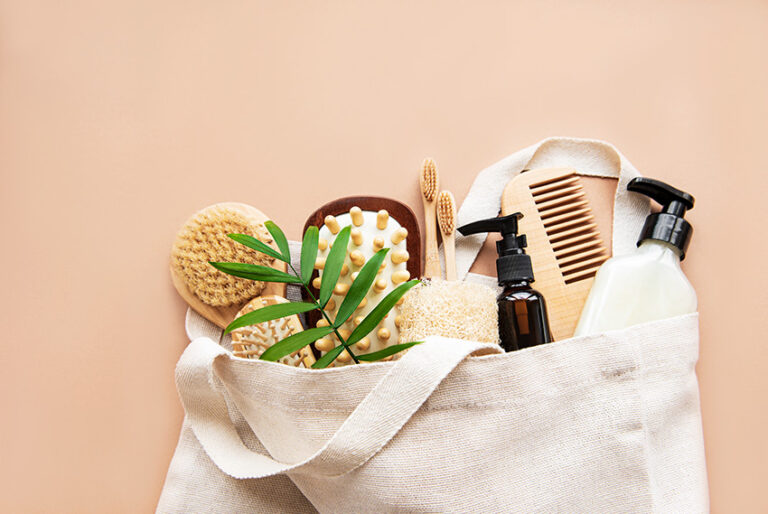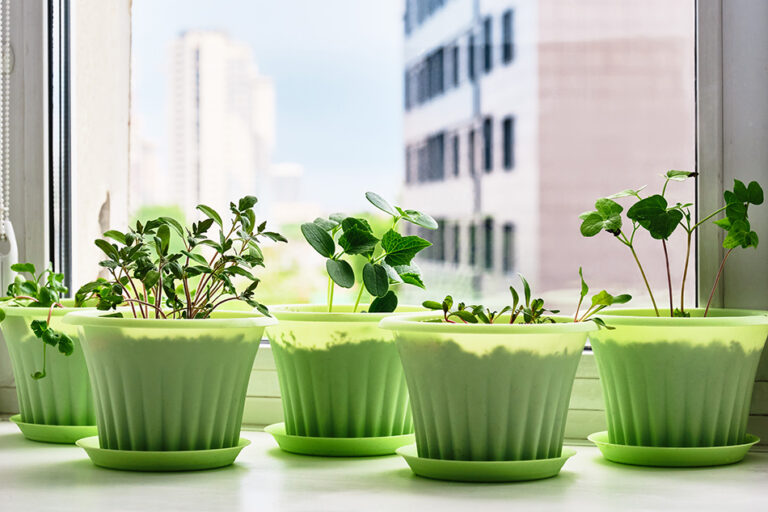All too often, people assume that just because a product is made of bamboo, it is a 100% better alternative to other materials like wood, cotton, or even plastic. While it’s true that bamboo is beneficial in many ways, it’s important to learn the truth about bamboo, including how it’s grown and where it comes from, to make sure you are buying bamboo products that are truly sustainable and panda-friendly.
The Good
Bamboo is known all over the world over as an eco-crop. It is a type of grass that can be found from USDA Zone 5 to Zone 11, and in some of these places, it grows so quickly that it has become invasive. Some types of bamboo grow four or five feet in a year, but others can grow two or three feet a day until they reach a height of about 45 feet. Bamboo possesses other qualities that make it an ideal material for manufacturing.
- No fertilizers necessary. Whereas most crops – including cotton – require fertilizers in order to produce a high enough volume of product to be profitable, bamboo requires none.
- Incredible strength. Once bamboo reaches maturity, it is incredibly strong. In fact, the tensile strength of plated bamboo cables is about the same as a steel cable of the same size.
- Self-regeneration and no need for propagation. Most crops must be planted each season, but bamboo is different. It self-regenerates from its own roots, which makes propagation of any kind a thing of the past – and ensures bamboo crops will continue to produce high yields as long as they are properly harvested.
The Bad
If all this information has you ready to throw out your cotton T-shirts and your plastic toothbrushes in favor of bamboo alternatives, don’t make a hasty decision. Though bamboo certainly can be sustainable and panda-friendly, not all of it is. In fact, many manufacturers offer little information about how the crop is being harvested and/or grown. This means that the people harvesting the bamboo could be harvesting entire acres without leaving enough behind for regeneration, and they could ultimately be starving out pandas who rely on bamboo as a dietary staple. For us, we harvest only Moso Bamboo on a bamboo farm that naturally has 22 million acres of bamboo. Pandas don’t eat Moso bamboo, so we’re not taking away from the pandas’ food source. Also, we guarantee that our bamboo is sustainably harvested. How can we guarantee that? Because we’re are FSC (Forest Stewardship Council) 100% Certified. As you may know, bamboo is known to grow over 4 feet a DAY in the right conditions, which is astonishing. It remains sustainable because we never completely remove the bamboo stalks. We only cut them down to about 18” during harvesting, which allows for the bamboo to re-grow rapidly over and over.
What Should You Do?
There’s very little doubt that bamboo is a better alternative than plastic, but if you really want to make the best decisions possible as a consumer, it’s important to do your research. If you are going to buy a product made of bamboo, the company providing the product should give you information about the species of bamboo used and the details of their harvesting. If they don’t, ask them. This is by far the best way to find out whether the bamboo used to make your T-shirt (or even your toothbrush!) was sustainably grown and harvested. When grown and harvested appropriately, it is one of the most sustainable crops in existence. Bamboo’s Hot. Plastic’s Not.






